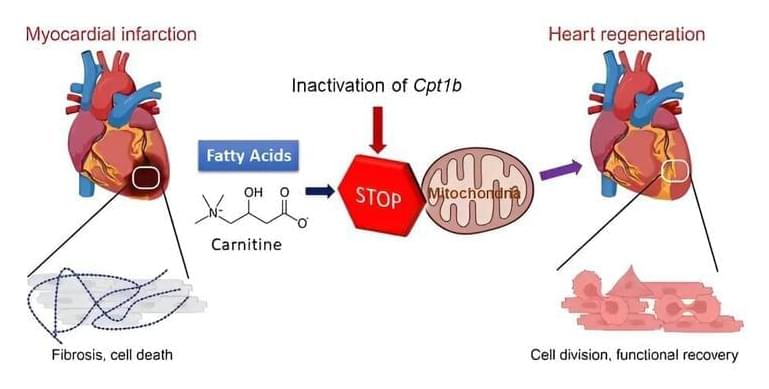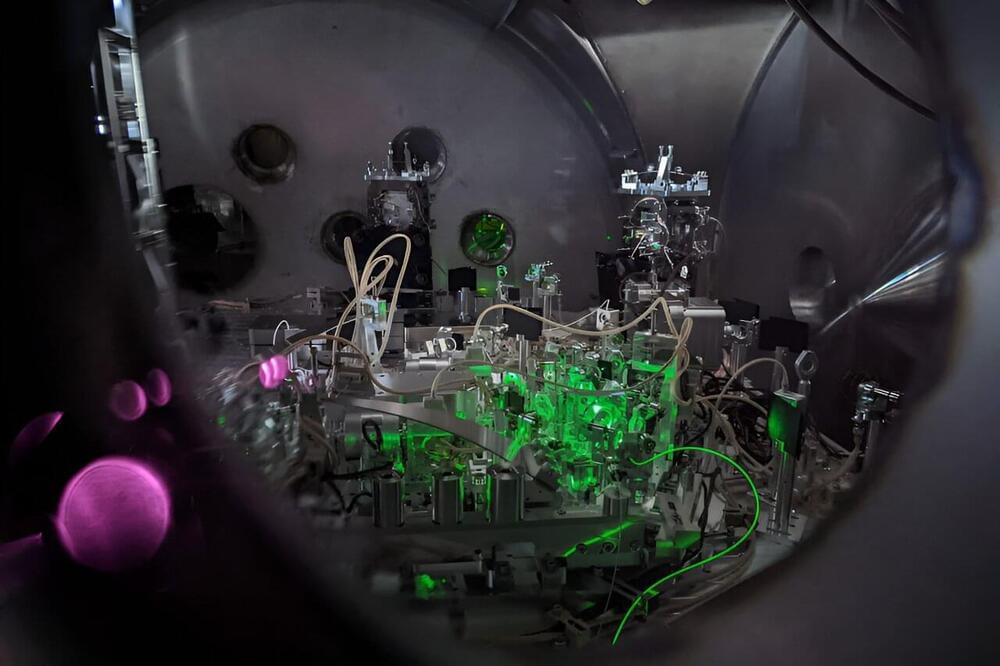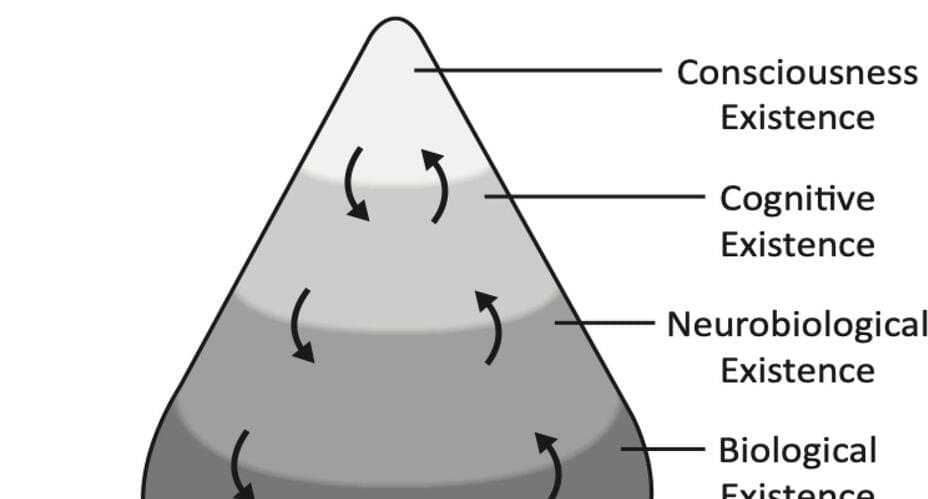Found in a Spanish landfill, the fossils of the extinct species Pierolapithecus catalaunicus may reveal important clues about our origins.



After birth, the human heart loses its regenerative capacity almost completely. Damage to the heart muscle—for example, due to a heart attack—therefore usually leads to a permanent loss of function in adults. Scientists from the Max Planck Institute for Heart and Lung Research have now shown for the first time in mice that a change in the energy metabolism of heart muscle cells enables heart regeneration.
In the animals, heart function could thus be restored to a large extent after a heart attack. The study, published in the journal Nature, is groundbreaking and could enable completely new therapeutic approaches.
The loss of regenerative capacity in adults hearts is due, among other things, to the loss of the ability of heart muscle cells to divide after birth. This is accompanied by a fundamental change in the energy metabolism of the heart cells: Instead of obtaining energy from sugars, which is known as glycolysis, the heart muscle cells now obtain their energy largely from fats. This form of energy production is known as fatty acid oxidation.



Its energy efficiency is just mind-blowing,” said Damien Querlioz, a nanoelectronics researcher at the University of Paris-Saclay in Palaiseau. “I feel the paper will shake the common thinking in computer architecture.
NorthPole, a new edge-based processor announced this month by IBM Research, is up to 22 times faster and much more energy efficient than chips currently on the market.
A team from IBM research has presented NorthPole – a brain-inspired chip architecture, which blends computation with memory to process data more efficiently at low energy costs.

In 2015, the Laser Interferometer Gravitational-Wave Observatory (LIGO), made history when it made the first direct detection of gravitational waves—ripples in space and time—produced by a pair of colliding black holes.
Since then, LIGO and its sister detector in Europe, Virgo, have detected gravitational waves from dozens of mergers between black holes as well as from collisions between a related class of stellar remnants called neutron stars. At the heart of LIGO’s success is its ability to measure the stretching and squeezing of the fabric of space-time on scales 10 thousand trillion times smaller than a human hair.
As incomprehensibly small as these measurements are, LIGO’s precision has continued to be limited by the laws of quantum physics. At very tiny, subatomic scales, empty space is filled with a faint crackling of quantum noise, which interferes with LIGO’s measurements and restricts how sensitive the observatory can be.


New technique could be used in medical diagnostics and advanced manufacturing.
Ever since Antonie van Leeuwenhoek discovered the world of bacteria through a microscope in the late seventeenth century, humans have tried to look deeper into the world of the infinitesimally small.
There are, however, physical limits to how closely we can examine an object using traditional optical methods. This is known as the ‘diffraction limit’ and is determined by the fact that light manifests as a wave. It means a focused image can never be smaller than half the wavelength of light used to observe an object.

When scientists measure a particle, it seems to collapse to one fixed state. Yet no one can be sure what’s causing collapse, also called reduction of the state. Some scientists and philosophers even think that wave function collapse is an elaborate illusion. This debate is called the measurement problem in quantum mechanics.
The measurement problem has led many physicists and philosophers to believe that a conscious observer is somehow acting on quantum particles. One proposal is that a conscious observer causes collapse. Another theory is that a conscious observer causes the universe to split apart, spiralling out alternate realities. These worlds would be parallel yet inaccessible to us so that we only ever see things in one single state in whatever possible world we’re stuck in. This is the Multiverse or Many Worlds theory. “The point of view that it is consciousness that reduces the state is really an absurdity,” says Penrose, adding that a belief in Many Worlds is a phase that every physicist, including himself, eventually outgrows. “I shouldn’t be so blunt because very distinguished people seem to have taken that view.” Penrose demurs. He politely but unequivocally waves off the idea that a conscious observer collapses wave functions by looking at them. Likewise, he dismisses the view that a conscious observer spins off near infinite universes with a glance. “That’s making consciousness do the job of collapsing the wave function without having a theory of consciousness,” says Penrose. “I’m turning it around and I’m saying whatever consciousness is, for quite different reasons, I think it does depend on the collapse of the wave function. On that physical process.”
What’s causing collapse? “It’s an objective phenomenon,” insists Penrose. He’s convinced this objective phenomenon has to be the fundamental force: gravity. Gravity is a central player in all of classical physics conspicuously missing from quantum mechanics.

The Chicago region has been named an official US Regional and Innovation Technology Hub for quantum technologies by the Biden-Harris administration, a designation that opens the door to new federal funding and recognizes the growing strength of an ecosystem poised to become the heart of the nation’s quantum economy. The Bloch Tech Hub (pronounced “block”), a coalition of industry, academic, government, and nonprofit stakeholders led by the Chicago Quantum Exchange, was one of 31 designees from nearly 400 applications across the country.
The selection, announced Monday morning by the White House and the US Department of Commerce’s Economic Development Administration (EDA), is the first phase of a federal initiative designed to “supercharge” innovation economies that have the potential to become global leaders in a critical technology within a decade. As a recipient of the US Tech Hubs designation, The Bloch is now eligible to apply for the program’s second phase, which could include millions of dollars in funding to implement the hub’s activities. It was one of two US Tech Hubs designated in Illinois, the other focused on biomanufacturing.
“Home to world-class institutions and first-rate research centers, Illinois is transforming technology, biomanufacturing, and innovation at every turn,” said Illinois Governor JB Pritzker. “I couldn’t be prouder that the Biden Administration has selected the Chicago Quantum Exchange’s The Bloch and the University of Illinois at Urbana-Champaign’s iFAB Hub as two of just 31 inaugural tech hubs — opening the door for even more investment, advancement, and discovery. There’s no doubt that the rest of the nation have caught on to our great state’s status as an innovation powerhouse — and our future couldn’t be brighter.”